The broad avenues and tree-lined boulevards of L’Eixample stand in marked contrast to the narrow and crowded alleyways of the Ciutat Vella. This is no accident, as the district represents an early example of modern urban planning, and an attempt to build a socialist utopia.
Table of Contents
Origins
By the mid-19th Century, Barcelona’s Ciutat Vella, or ‘Old Town’ was overcrowded, unsafe and unsanitary. The city’s poorer denizens were in great need of a more open and sanitised space in which to live. The Eixample (or ‘extension’) was the proposal made by Ildefons Cerdà aimed at alleviating, or ideally eradicating these social ills. Cerdà’s vision was that of a city where all sections of society might live side by side in surroundings conducive to the common good – suffuse with natural light and ventilation, where traffic could circulate easily. He came up with a plan for a district built on a grid-iron pattern, with the main thoroughfares (such as Avinguda Diagonal and the Gran Via Des Cortes Catalans) crisscrossing the residential areas. Although his vision was not to be fully realised, he can still be credited with the basic idea for the shape of the district we see today. The ‘cut off’ corners of buildings at the end of each block in this area were designed by Cerdà to facilitate the movement of horse-drawn carriages and steam trams.
Cerdà envisioned a kind of urban social paradise with a garden at the centre of each block, and buildings kept below a certain height to afford plenty of light and fresh air to its denizens. However, under pressure from developers and property speculators to cram more living space into the area, the city’s government allowed the construction of multi-story buildings and neglected many of Cerdà’s plans for gardens and natural light.
Today
The area known as the Eixample encapsulates some of the finest examples of Modernista architecture, including Gaudí’s Sagrada Família, La Pedrera and Casa Battló. Also striking is the fact that one can walk the length of the city from southwest to northeast simply by following the Gran Via des Cortes Catalans. The district represents an attempt to promote the new Catalan identity and forge a well-planned route into the future. It is worth seeing from above if you can afford the price of a scenic helicopter tour or plane ride. Though the central district around Passeig de Gracia and Eixample Dreta houses the most exclusive, up-market hotels and designer shops, a greater cross-section of society can be found at the outer extremities of the area, which are primarily residential.Many of the parks envisioned by Cerdà are finally being built, and although not as numerous as he imagined, there are instead large public parks such as Parc de l’Estacio del Nord. Eixample today is a pleasant modern residential area, where many short-, mid- and long-term apartments can be found. For help with your accommodation-finding needs, ShBarcelona provides an excellent, professional and friendly service.










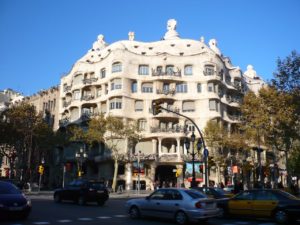
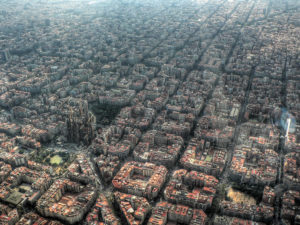
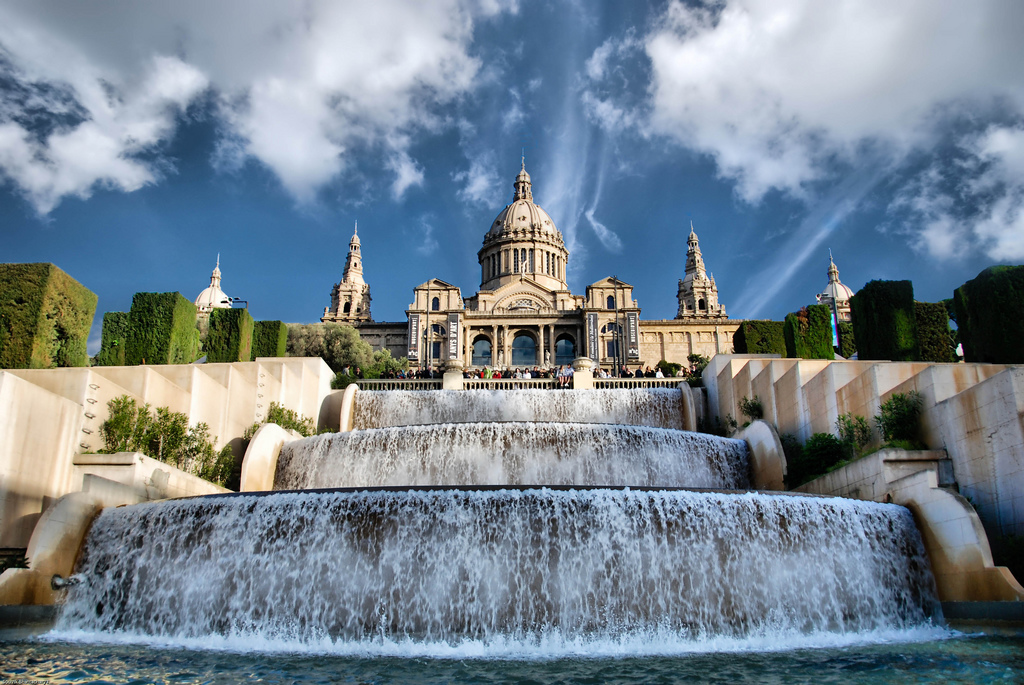

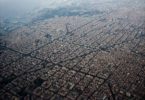
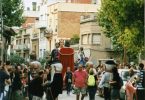
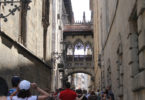

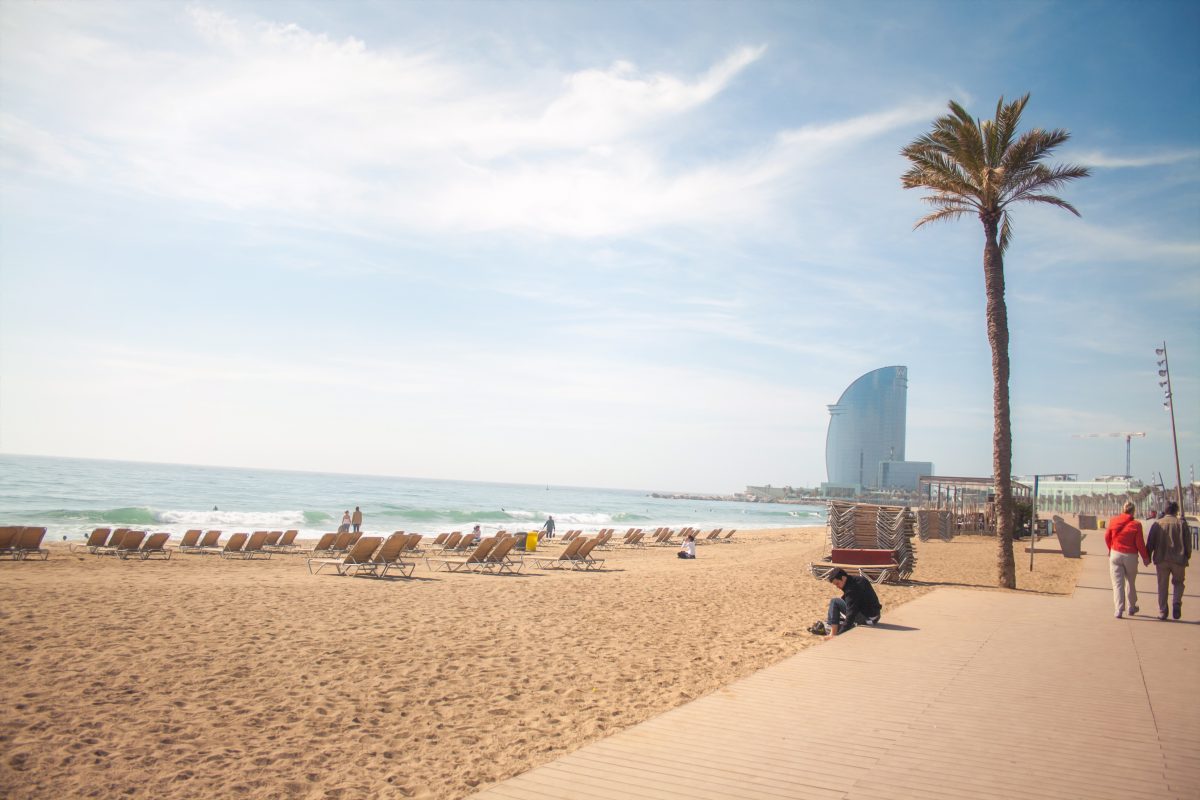

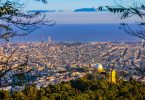
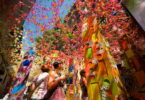

Leave a Comment